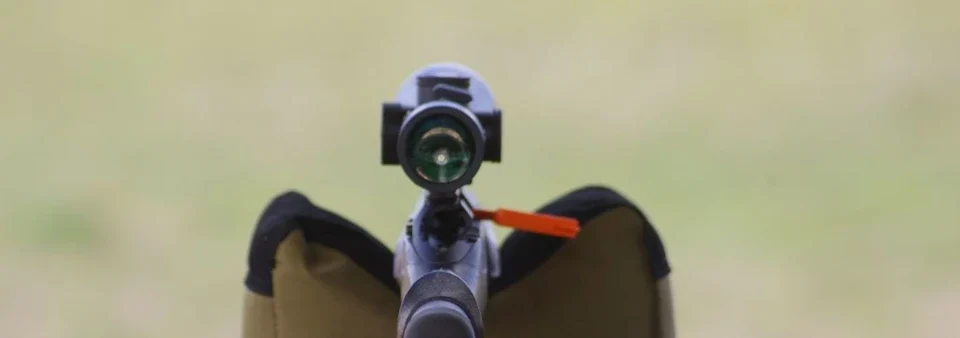

Exit Pupil
Exit Pupil is the width of the light waves representing the image captured by the objective lens at the eye relief distance from the ocular lens.
TABLE OF CONTENTS
Exit Pupil
The width of the light waves representing the image captured by the objective lens at the eye relief distance from the ocular lens is called the exit pupil.

Commonly measured in millimeters (mm). The Exit Pupil should match the eye pupil at the eye relief distance.

The eye relief distance on a scope will be greater than binoculars, spotting scopes or other optics. The reason? Recoil.
Some of you may have heard of “scope eye”. It is the unpleasant occurrence when the rifle recoil sends the backend of the scope hammering into your forehead. It hurts! (ask me how I know this. lol)
Even with decent eye relief it can still happen if you do not haul the stock into your shoulder. Like the joker in this next video.
Given that the exit pupil should match the eye pupil, there are a few factors to consider.

The pupil of the eye fluctuates in diameter based on viewing conditions and the age of the operator.
Average eye pupil diameter vs age and light conditions
| Age | Day (mm) | Night (mm) |
|---|---|---|
| 20 | 4.7 | 8 |
| 30 | 4.3 | 7 |
| 40 | 3.9 | 6 |
| 50 | 3.5 | 5 |
| 60 | 3.1 | 4.1 |
| 70 | 2.7 | 3.2 |
| 80 | 2.3 | 2.5 |
Calculating the exit pupil of your scope is done by dividing the objective lens diameter by the magnification. Take a 50mm objective lens and divide it by a 4X magnification setting, and you have a 12.5mm exit pupil.
Exit Pupil Calculation
Exit Pupil Calculator
Exit Pupil Calculator – A stand alone calculator that gives a rifle scopes exit pupil in millimeters (mm).
All things being equal, lower magnification settings generate a cleaner, crisp image.
The benefits of large exit pupils go beyond simply bathing your eye in brilliant light. A bigger exit pupil allows the shooter to place their eye more freely in regard to the optical axis. Furthermore, larger exit pupils aid vision in low-light situations.
Another benefit is that it reduces eye strain. If your shooting position isn’t optimal, a large exit pupil allows you to move around further while maintaining the same optical results.
The size of the exit pupil on a scope should only play a minor role in your decision. There are plenty of other factors to consider.
There is a very practical article on exit pupil by Thomas Tabor over at SSAA if you want some more reading.